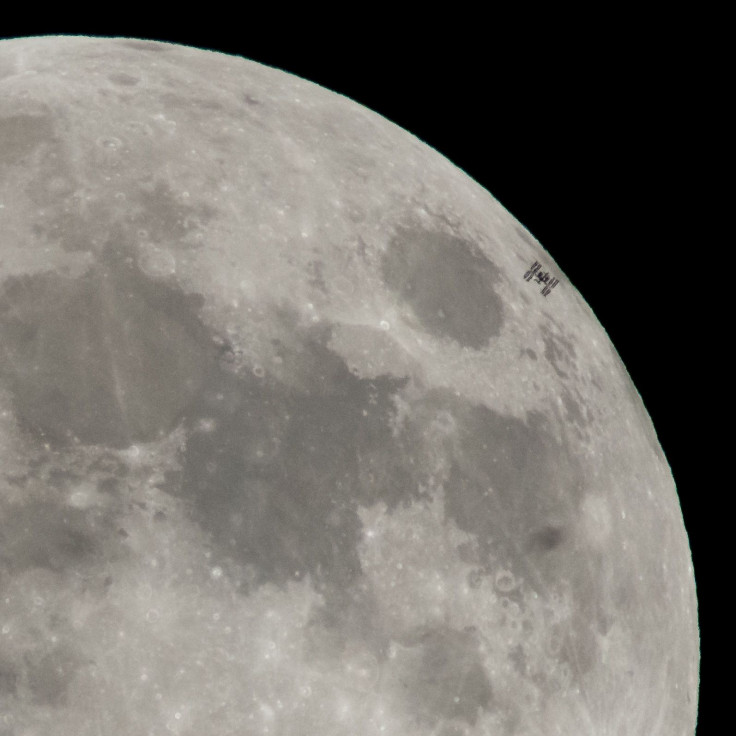Worm Moon: Don't Miss Winter's Last Full Moon This Week
KEY POINTS
- The Worm Moon will be on Friday
- It will appear full for three days
- It occurs two days before spring comes in the northern hemisphere
Skywatchers shouldn't miss the March full moon this week. One of its many names is the Worm Moon, and it will be the last full moon of winter.
The next full moon will be at 3:18 a.m. EDT Friday, and it will appear full for about three days, according to NASA. Although the moon is really only full for a few moments since it is constantly moving around the Earth, it tends to appear full for a few days.
This week, it will appear full from Wednesday evening to Saturday morning, so skywatchers will have a lot of opportunities to catch a glimpse of the last winter full moon as it occurs just two days before spring comes in the northern hemisphere.
On the morning of the full moon, skywatchers may also see planets Venus, Saturn and Mars, as they will appear as the morning twilight begins. That evening, skywatchers may also catch a glimpse of the bright stars Sirius and Pollux, NASA noted.
Just like all the other full moons, the March full moon is known by several names based on Native American, Colonial American or European traditions. One of these is Worm Moon, which is believed to refer to the earthworms that begin to appear as the soils begin to thaw for spring, the Old Farmer's Almanac explained. However, NASA noted that only the southern tribes in the U.S. called this full moon by this name.
On the other hand, another possible explanation for the name Worm Moon may be from 18th-century explorer Captain Jonathan Carver, who noted that the name refers to the "worm" or beetle larvae that emerge from the thawing tree barks at this time of the year, The Old Farmer's Almanac noted.
Other names for this full moon are the Crust Moon, Crust Moon and Sap Moon, which NASA noted to be what the more northern tribes called this moon. The Crow Moon refers to the cawing of the crows that marked the end of winter, while the Crust Moon refers to the snow cover that becomes crusted from freezing at night then thawing in the morning. Sap Moon, on the other hand, refers to the time of the year to tap maple trees.
Different cultures across the globe also have different names and holidays for this full moon. No matter what one calls this full moon, however, catching a glimpse of it this week could be a fitting way to say farewell to winter and welcome the warmth of spring.

© Copyright IBTimes 2025. All rights reserved.






















